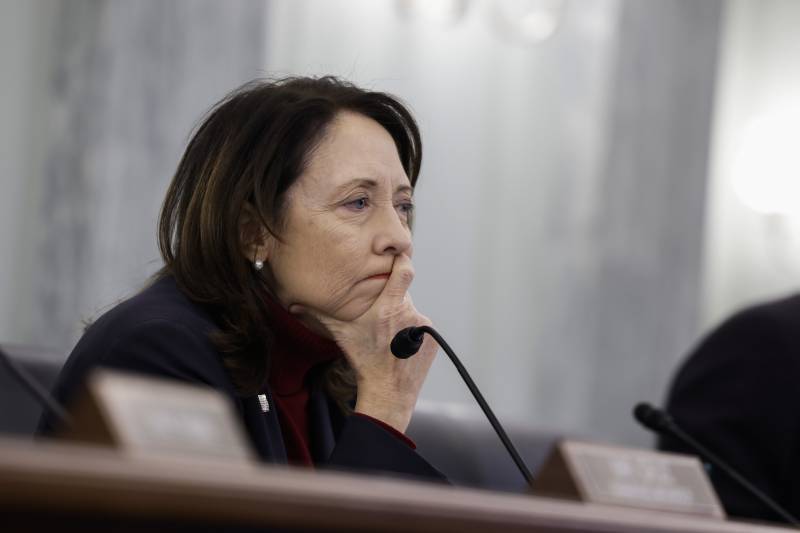NEW YORK (AFP): US air safety regulators are facing fresh questions following recent near crashes at American airports, further challenging an aviation industry ramp-up in response to rising travel demand. The Federal Aviation Administration is already facing questions after the agency in January ordered a temporary grounding of planes nationally for the first time since 9/11 due to problems with a safety alert system.
At a Senate hearing earlier this week, acting FAA chief Billy Nolen was presented with a simulation video of a February 4 incident at Austin-Bergstrom International Airport in which a FedEx cargo plane nearly collided with a Southwest Airlines passenger jet that was about to take off.
Nolen said the incident remains under investigation, adding that “we’ll go where the facts take us.”
There have been at least two other near misses that have garnered national attention in recent weeks.
On January 13, an American Airlines jet taking off from New York’s JFK International Airport en route for London crossed a runway without air traffic control clearance and got within 1,400 feet (427 meters) of a Delta Air Lines jet heading to the Dominican Republic, according to a preliminary report by the National Transportation Safety Board. The NTSB on Tuesday announced a probe into a third episode, a December 18 United Airlines flight that lost altitude after departing from Hawaii, before recovering and traveling safely.
The flight got to within 800 feet of crashing into the Pacific Ocean, according to media reports, which came out weeks after the incident. No one was injured in any of the three events.
But several lawmakers have flagged the issues in recent hearings on Capitol Hill, with House Transportation Chairman Representative Sam Graves saying the JFK near miss shows US aviation is “in need of urgent attention.”
The incidents come as the FAA also faces scrutiny following the January 11 temporary grounding of planes, which was caused by problems with the Notice to Air Missions (NOTAM) system.
Nolen told the Senate panel Wednesday that the agency had made changes to prevent another outage, but that a meaningful system upgrade wouldn’t be ready before 2025.
Mike Stengel, a senior associate at AeroDynamic Advisory, a consultancy, said there was “no obvious linkage” between the events. “My read is that it’s been a string of incidents that need to be addressed,” said Stengel, who also noted that the incidents must prompt reevaluation beyond the FAA at commercial airlines.
But Jim Hall, the former head of the NTSB, said the incidents suggested “an erosion of air safety” on the heels of the problems with the Boeing 737 MAX, which experienced two deadly crashes after the FAA’s flawed certification of the jet. “It’s very concerning,” said Hall, who noted the FAA faces significant challenges in the upcoming period, including establishing protocols for certifying flying taxis and regulating airlines as they restaff following an epochal labor turnover with the pandemic.
“The question is: Is the FAA prepared for the future,” Hall asked.
“It’s time for Congress and the FAA leadership to look very closely whether the FAA is structured, funded and staffed to prepare aviation for the future.”
The difficulties come amid forecasts that air travel demand will recover and surpass its pre-pandemic level in 2023. However, some industry experts have cautioned that supply chain and labor shortages could challenge those targets.







